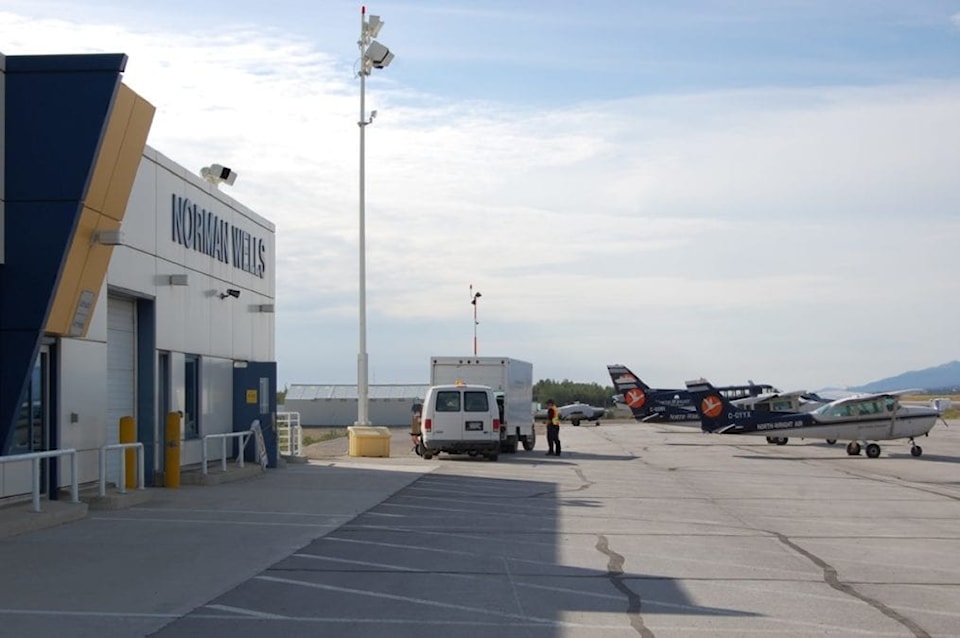As a warm front pushed through the Arctic Dec. 2-3, soaring temperatures led to breaking records in several spots around the north.
Paulatuk broke a 1987 record of -1.5 C with a high of 3.0 C, Délı̨nę smashed a 2009 record of -3.6C with a 5.6C high and Norman Wells blew its previous 2009 record of -5C out of the snowbank, with the mercury topping off 16 degrees above the previous record at 11.1 C.
" I have been here in the valley and in the Delta since 1962," said Norman Wells Mayor Frank Pope. "This was the warmest I have experienced in December ever. Never above zero."
Pope said the warm temperatures were enjoyed by pedestrians, but the rapidly melting snow and ice created several problems for the community that normally is 10 or more degrees below zero at this time of year.
The sudden change kept municipal services busy.
"The main problem was with icy roads, heavy wet snow falling off of roofs and dangerous slippery walking," he said. "Our winter road works have halted for a while. Town crews were sanding roads several times a day and people were out walking like it was spring."
Environment and Climate Change Canada meteorologist Sara Hoffman told Inuvik Drum the spike was because of the jet stream — the point where low-pressure cold air meets high-pressure warm air, which is constantly moving but normally is closer to the southern United States border. But last week it was right over the middle of western Canada and on Dec. 3 it was over Inuvik, the Beaufort Sea and Alaska.
Differences in temperatures create what is called a convection current — warm temperature moves to where it's colder and the cold temperature occupies the space the warm temperatures vacated, creating strong winds in a circular flow of air carrying weather with it. This meant while it was 11.1 C in Norman Wells, there were blizzards in Sachs Harbour and Ulukhaktok.
Hoffman noted the winds in Ulukhaktok gusted up to 119 kilometres an hour during the storm.
"It was a very potent system," she said.
With the system now moving eastwards, temperatures have settled back to their normal frosty levels. Hoffman said there were no more spikes on the horizon, though she noted weather reports were only accurate for seven days.
She did note that the winter has been trending considerably warmer over the past few years, but would not make predictions of what nature had in store for the north next.
"Every day is a different day for the jet stream," she said. "This time it was that far north, but it's not unusual to have such a warm start to the winter. In fact, 2017 was the last time it was that warm, at least on the prairies, and that far north.
"Over the next little while, we're expecting this really amplified warm air that's over western Canada to pull south and for us to get more into a normal pattern for this time of year."
